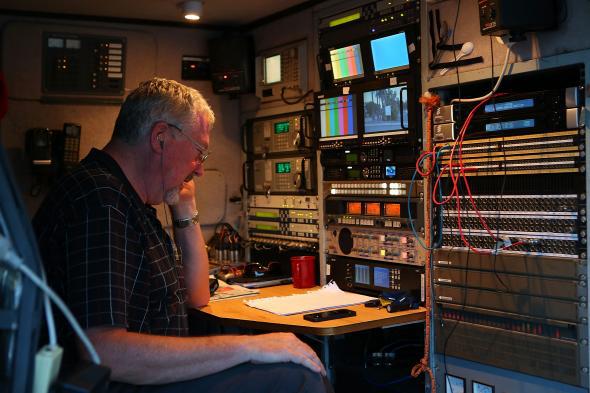On one side of the Earth, Americans are afraid that the U.S. government is watching everything they say. On the other side of the Earth, millions of people, scouring hundreds of millions of satellite images, have failed to locate the wreckage of Malaysia Airlines Flight 370.
These two stories are related. The search for MH370 shows that analyzing surveillance data is much harder than collecting it. That’s what keeps the National Security Agency from reading your email or listening to your calls. Its people simply don’t have the time.
A few days ago, NBC News correspondent Andrea Mitchell asked former President Jimmy Carter about the NSA controversy. Carter replied:
I have felt that my own communications are probably monitored. And when I want to communicate with a foreign leader privately, I type or write a letter myself, put it in the post office, and mail it. … Because I believe if I send an email, it will be monitored.
This fear of being personally spied upon is pervasive. In polls, 35 to 40 percent of Americans have said they’re concerned that the government is “collecting your phone call records” or “monitoring your internet activities.” Majorities have said that the NSA’s programs violate privacy and go too far. Their anxiety, stoked by allegations that the government is “placing millions of people under permanent surveillance,” has forced the Obama administration to agree—in a plan reported last night by the New York Times—to shut down the NSA’s collection of phone call records.
It’s hard to square this fear with the surveillance logjam that’s been crippling the search for MH370. For the last two weeks, satellites associated with Australia, China, France, and the U.S. have captured images hinting at possible locations of the plane’s debris. But in each case, the images haven’t been released until days after they were taken, by which time the debris—whatever it was—could no longer be found.
On March 13, when the search was focused near Malaysia, the Malaysian Insider noted a four-day gap between the capture and release of images from a Chinese satellite. At that point China said that it had 10 satellites searching for the plane and that they had covered 120,000 square kilometers, “an area almost the size of Greece.” An Australian space analyst explained the delay this way:
There’s a lot of time you go through between the time you get the images and the time you release them. The satellite has to get into position, take the photo, then relay it to a ground station, then it has to be analyzed. And keep in mind, the analysts on the ground are probably looking through a tremendous amount of data.
A week later, when the search had moved to the Indian Ocean, Reuters reported the same problem:
Delays in identifying satellite images that may show debris of a missing Malaysian plane in the southern Indian Ocean were due to the vast amounts of data that needed to be analyzed, Australian authorities and the U.S. company that collected the images said. …
DigitalGlobe Inc, a Colorado-based company that collects satellite imagery for the U.S. government and other countries as well as private companies, confirmed it had collected the images on March 16. … [T]he data was analysed by Australia’s Defence Imagery and Geospatial Organisation. …
DigitalGlobe spokesman Turner Brinton declined to comment on whether the debris was spotted by the company’s own analysts, government analysts or Internet users participating in a “crowdsourcing” effort launched by the company to help locate the plane. Brinton said more than 6.3 million users were involved in the effort, looking at more than 485 million “map views,” which accounted for more than 120,000 sq km of imagery. More than 6.7 million features had been tagged by the crowd, he said. …
Brinton said the company’s five high-resolution satellites capture more than 3 million square km of earth imagery each day. “This volume of imagery is far too vast to search through in real time without an idea of where to look,” Brinton said. “Given the extraordinary size of the current search area, the lengthy duration of the analysis effort was to be expected.” …
This is the reality of electronic surveillance. Our ability to collect data vastly outstrips, in speed and volume, our ability to digest it. Even with 6 million people helping a dozen governments in an intense, collective hunt, we can’t keep up with the millions upon millions of satellite images.
That’s why it’s vanishingly unlikely that among the roughly 10 billion phone records the NSA collects every day in the U.S. and overseas, government agents are looking at yours. The same goes for your email. There’s too much data and too few people to analyze it. You’re just not that important, even if you used to be president.
